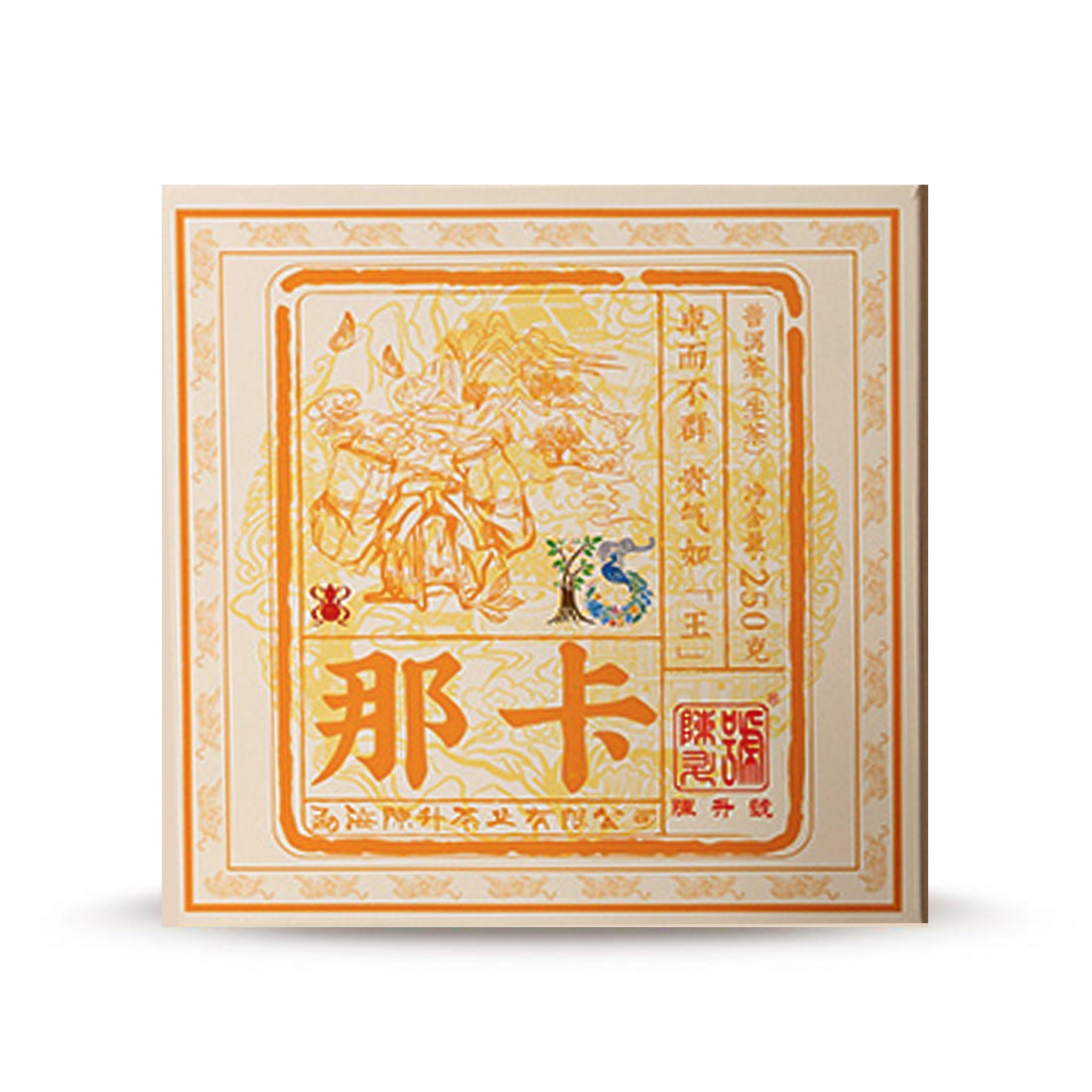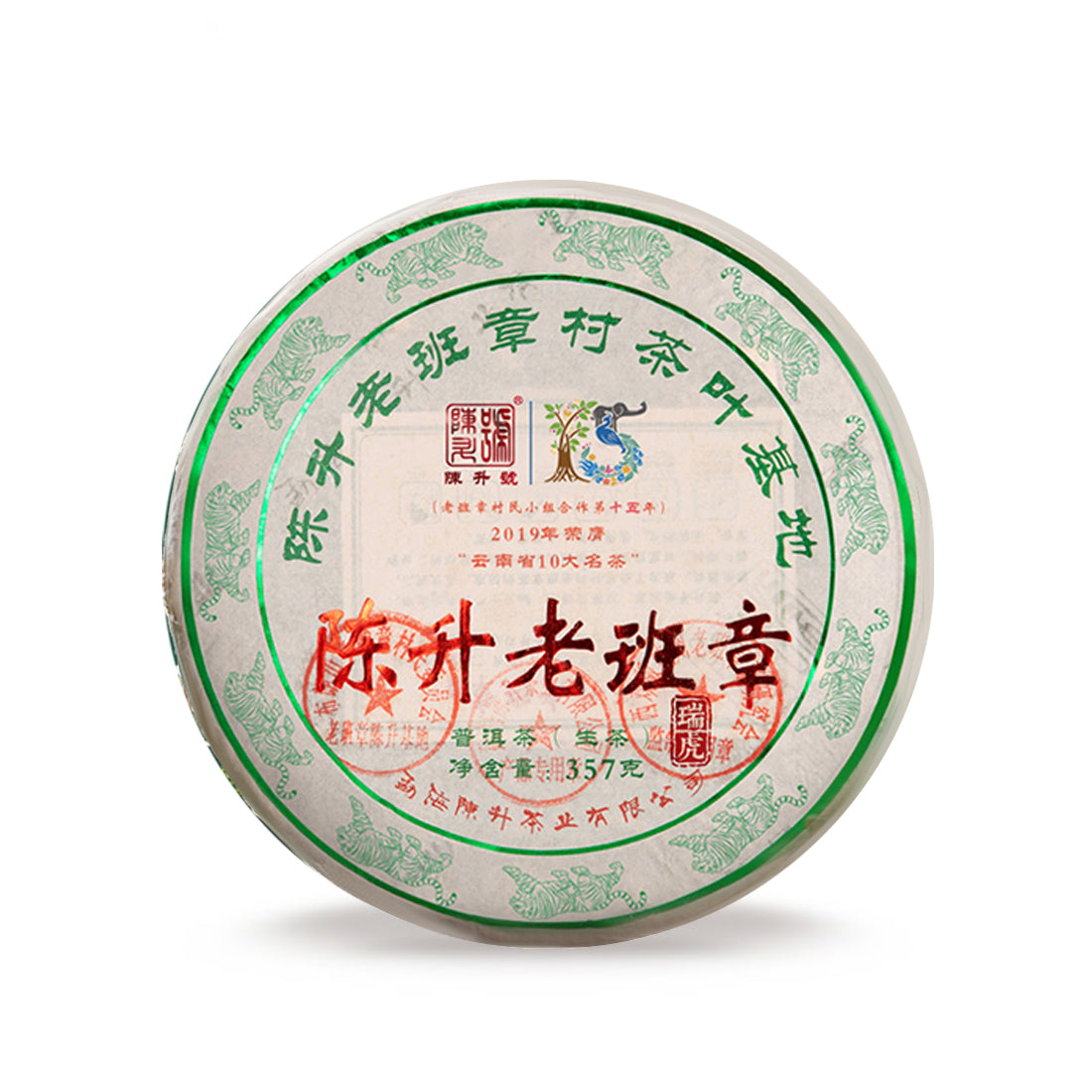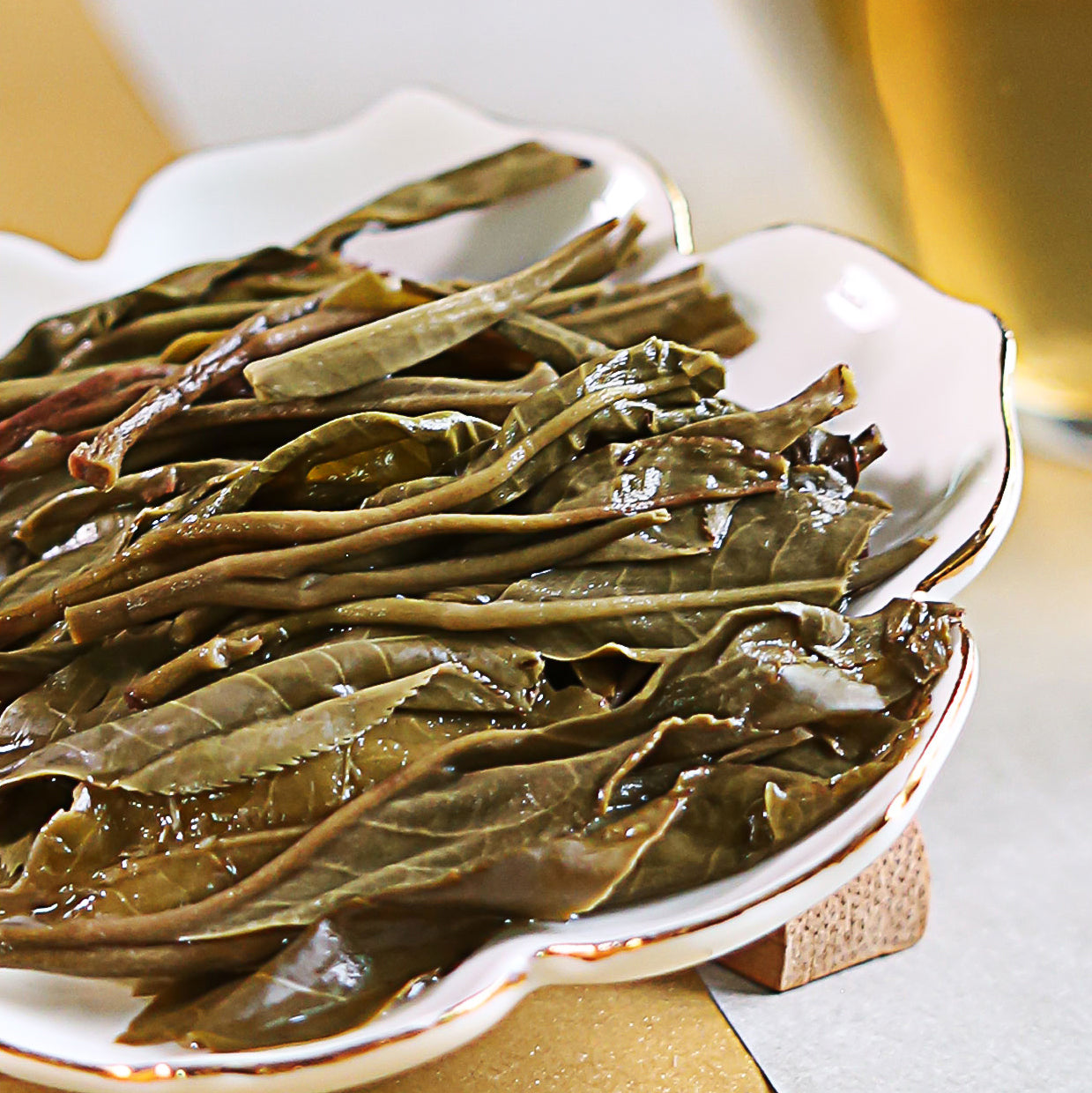Pu-erh Tea Health Benefits
Pu-erh tea is a type of fermented tea traditionally produced in Yunnan Province, China. Unique in its preparation, it undergoes a microbial fermentation process after the leaves have been dried and rolled. The aging process, which can last for several months to several years, imbues it with distinctive flavors and aromas, not found in other tea varieties.
Types of Pu-Erh:
- Raw Pu-erh (Sheng): Begins as a green tea that gradually ages and ferments naturally.
- Ripened Pu-erh (Shou): Undergoes a faster fermentation process resulting in a mellow flavor.
Brewing Pu-Erh:
- Use 1 teaspoon of tea leaves per cup.
- Boil water to around 95°C (203°F).
- Steep for 2-5 minutes depending on desired strength.
Pu-erh tea comes in several forms, including cakes, bricks, and loose leaf. These shapes are not mere aesthetic choices; they influence the aging process and the subtleties of taste and aroma in your cup. It is recommended to store Pu-erh tea in a cool, dry place to preserve its quality.
Regular consumption of Pu-erh tea can offer you a range of potential health benefits. Research suggests it may help reduce cholesterol levels and aid in digestion. It is also noted for its potential to assist with weight management.
As you explore the varied world of teas, Pu-erh tea offers a rich, earthy experience that is both a cultural journey and a health-conscious choice. It’s a distinctive brew that stands out among tea connoisseurs for its complex maturation process and depth of flavor.
Key Health Benefits

Pu-erh tea provides a range of health benefits that target various aspects of your wellness from cardiovascular health to metabolic function.
Cardiovascular Support
Regular consumption of pu-erh tea can assist in maintaining a healthy cardiovascular system. Studies suggest that certain compounds in the tea help reduce bad cholesterol (LDL) and increase good cholesterol (HDL), which is essential for heart health.
Digestive Aid
Pu-erh tea has been historically used to aid digestion and promote the growth of beneficial gut bacteria. Polyphenols and antimicrobial properties in pu-erh tea are known to contribute to a balanced digestive tract.
Weight Management
Incorporating pu-erh tea into your diet might support your weight management efforts. It’s thought that the tea enhances fat metabolism which can lead to a reduction in body weight and prevention of weight gain.
Antioxidant Properties
The antioxidant content in pu-erh tea, mainly catechins and theaflavins, are effective in neutralizing harmful free radicals. This antioxidative action may contribute to cell protection and overall health.
Blood Sugar Regulation
Pu-erh tea could play a role in the regulation of blood sugar levels. It can help to improve insulin sensitivity and lower blood sugar after meals, making it a potentially valuable addition for those managing their blood sugar.
Chemical Composition of Pu-Erh Tea

Pu-erh tea contains a range of compounds that contribute to its unique flavor and potential health benefits. These compounds are transformed through a unique fermentation process, setting pu-erh apart from other teas.
Catechins and Theaflavins
Pu-erh tea is rich in catechins, a type of antioxidant found in fresh tea leaves. However, during fermentation, catechins are converted into theaflavins and thearubigins, which are responsible for the tea's dark color and complex flavor. These compounds may contribute to heart health and cholesterol management.
| Catechins | Function |
|---|---|
| EGCG (Epigallocatechin gallate) | Antioxidant properties; may reduce inflammation |
| ECG (Epicatechin gallate) | Potential to support heart health |
Amino Acids and Polysaccharides
Your cup of pu-erh tea contains amino acids, which are the building blocks of proteins. One significant amino acid present is theanine, which can promote relaxation and improve mental alertness. Additionally, polysaccharides in pu-erh can aid in blood sugar regulation and may have immune-enhancing properties.
- Amino Acids: Theanine enhances calmness and focus.
- Polysaccharides: Offer potential for blood sugar management.
Microbial Fermentation Byproducts
The fermentation of pu-erh tea by beneficial microbes produces unique byproducts like gallic acid, which has been associated with potential anti-inflammatory and anti-oxidative effects. Microbial activity also creates a complex array of flavors that distinguish pu-erh tea from other varieties.
- Gallic Acid: Present due to microbial fermentation, may offer health benefits.
- Microbial Enzymes: Contribute to the distinct earthy flavor of pu-erh tea.
Comparison with Other Teas

When exploring the unique properties of pu-erh tea, it's insightful to compare it to other teas such as green, black, and oolong teas based on their processing, flavor profiles, and potential health benefits.
Green Tea
- Processing: Green tea leaves are quickly heated after harvesting to prevent oxidation, resulting in a light color and delicate flavor.
- Health Benefits: It is rich in catechins, especially epigallocatechin gallate (EGCG), which may contribute to cardiovascular health and weight management.
Black Tea
- Processing: Black tea is fully oxidized, which gives it a dark color and robust flavor.
- Health Benefits: It contains theaflavins and thearubigins, antioxidants that may support heart health and reduce inflammation.
Oolong Tea
- Processing: Oolong tea is partially oxidized, placing it between green and black tea regarding color and taste.
- Health Benefits: Known for containing several vitamins, minerals, and antioxidants, oolong tea may aid in metabolism regulation and stress reduction.
Preparation and Consumption Tips

When approaching pu-erh tea, it's important to focus on the preparation process to maximize its unique flavors and potential health benefits.
Quality of Leaves: Start with high-quality pu-erh tea leaves. The quality greatly influences the taste and health properties.
Water Temperature: For raw pu-erh (Sheng):
- Use water just off the boil, around 200°F to 212°F (93°C to 100°C).
- Steep for 3-5 minutes.
For ripe pu-erh (Shou):
- Slightly cooler water is suitable, around 195°F to 205°F (90°C to 96°C).
- Steep for 2-5 minutes.
Steeping Technique:
- Pre-rinse the leaves with hot water to "awaken" them. This helps remove any impurities and releases flavor.
- After rinsing, steep the leaves in hot water.
- Consider multiple infusions, as pu-erh can be resteeped several times, with each steeping revealing different nuances.
- A general guideline is about 1 teaspoon of tea leaves per 8 ounces of water.
Consumption:
- Drink pu-erh tea in moderation. Start with one cup per day to assess your body's reaction.
- Consume as part of a balanced diet. While pu-erh tea has potential health benefits, it should accompany a healthy lifestyle.
- Store pu-erh tea in a cool, dry place, away from sunlight and strong odors.
- Use an airtight container for storage to keep the flavors intact.
Taking these steps will help ensure you have the most enjoyable and beneficial experience with pu-erh tea.
Potential Risks and Considerations
While pu-erh tea is celebrated for its potential health benefits, it's important for you to consider certain risks and factors before integrating it into your regular diet.
-
Caffeine Content: Pu-erh tea contains caffeine, which in excess could lead to insomnia, nervousness, and irritability. If you're sensitive to caffeine or have conditions aggravated by caffeine, limit your intake.
Caffeine-related effects Recommended action Insomnia Reduce intake, especially before bedtime Nervousness Moderate consumption Heart palpitations Consult with a healthcare provider -
Heavy Metals: In some cases, pu-erh tea leaves may accumulate heavy metals from the soil. Regular consumption of contaminated tea could pose a health risk. Choose pu-erh from reputable sources and consider occasional testing if you consume it frequently.
-
Interactions with Medications: Your current medications may interact with compounds in pu-erh tea. Anticoagulants, stimulants, and certain antibiotics could have altered effects. Always consult your healthcare provider regarding potential interactions.
-
Pregnancy and Breastfeeding: If you're pregnant or breastfeeding, be cautious as the effects of pu-erh tea on fetal development and breast milk are not well studied. Seek advice from your healthcare provider.
Remember, moderation is key, and staying informed about what you consume helps ensure your health and safety.
Frequently Asked Questions
Pu-erh tea is associated with various health benefits. Here, your common queries on Pu-erh tea's impact on health are addressed with clear, straightforward answers.
What are the potential benefits of drinking Pu-erh tea for weight management?
Pu-erh tea may enhance weight loss efforts by boosting metabolism and helping the body to burn fat more efficiently. It's believed to suppress the synthesis of new fat in the body.
Can Pu-erh tea have a positive effect on skin health?
The antioxidants and anti-inflammatory properties in Pu-erh tea could contribute to healthier skin by combatting free radical damage and reducing inflammation.
Are there any known side effects associated with the consumption of Pu-erh tea?
Excessive consumption of Pu-erh tea may lead to side effects like upset stomach, jitteriness, or sleep disturbances due to its caffeine content. It’s important to moderate intake.
How might Pu-erh tea contribute to liver health?
Some studies suggest that Pu-erh tea can aid liver health by assisting in the metabolism of fat and potentially reducing liver fat accumulation.
How does the caffeine content in Pu-erh tea compare to other teas?
Pu-erh tea generally has a higher caffeine content than most other types of tea but less than coffee. The exact amount can vary depending on the brewing time and temperature.
What is the difference between the health benefits of Pu-erh tea and green tea?
While both teas contain antioxidants, Pu-erh tea undergoes a fermentation process that can create unique bioactive compounds. These differences may affect gut health and fat metabolism, unlike green tea.
← Older post Newer post →








